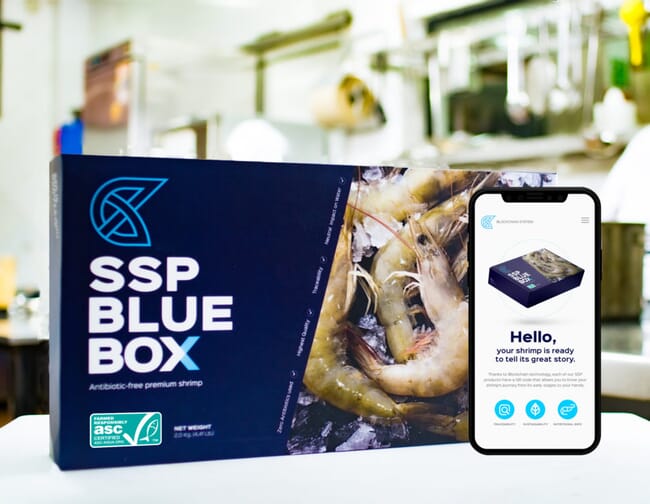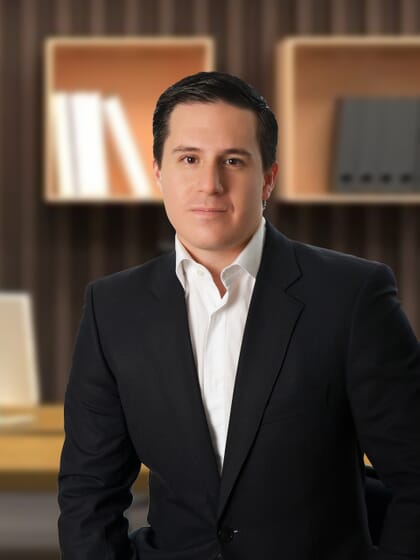
© SSP
Blockchain has also, he argued, been good for the wider aquaculture world, as it provides a chance to alert consumers to the huge progress that's been made by the sector in the past decade.
Speaking at a panel discussion on technology in aquaculture at today's World Ocean Summit, Camposano noted how quickly aquaculture has evolved during the decade he’s been involved in the National Chamber of Aquaculture of Ecuador.

“I’ve been someone who’s seen the developments of the industry very close, but one of the frustrations that I have is that I don’t see consumers realising how much aquaculture has grown in the last decade, the technologies involved in developing precision aquaculture and the way the industry is increasing sustainability standards in pretty much every species,” explained Camposano, who is now the organisaton’s executive president.
However, he noted, that traceability is now granting the consumer a much clearer – and more positive – picture of the sector. Which was precisely why he saw the merits in improving the transparency of the sector.
“When the Sustainable Shrimp Partnership [a coalition of Ecuador’s leading shrimp producers] decided to work with a tool that was the highest standard in traceability, we went on since number [day] one. I remember three years ago, two years ago the industry was talking about traceability already and most people were saying ‘we’re not ready to implement this technology and this level of detail, all the information that the customer wants to get on a specific batch of product’”.
“So, we like a challenge. We worked with the IBM Food Trust, and we can now proudly say that any consumer of Sustainable Shrimp Partnership shrimp can scan a QR code and can get the information they are most interested in about the shrimp they’re eating. And this is really important when you are creating value for a customer, because most of the time the industry has been accustomed to presenting information that was in the interest of the industry to the consumer and this is actually the first time we are talking directly to consumers, getting feedback from them about what is their interest in terms of sustainability – food safety, environmental standards, labour rights, how the shrimp is grown, simple things like recipes.
“We found that most of our consumers and customers didn’t’ know how to treat shrimp well, because they don’t have the culture of eating shrimp. So all this information that you can provide to a customer with a QR code through their phones is actually bringing customers and the industry together and that was something we always thought was a necessity – to translate all these marvellous technologies that we are applying in several of our species and create value to a customer who is really interested to know a little bit more about what they’re bringing to the table. And now that the technology is available, we can finally do so,” he explained.
The timing proved to be even more ideal, according to Camposano, due to the increased interest in traceability that was instigated by the Covid-19 pandemic.
“For me the most exciting part of it is that we’re not just putting in technology because it is available, it is because we can now create value for our customers. And, amazingly, the pandemic created the need to assure our customers that the product was safe. And, in the middle of that discussion we took the opportunity to present them with a lot more information that we think gives value to them, to really understand that aquaculture is the future, if we want to feed 7 billion people within the next 20 years, the technology is already there, the standards are really getting higher, so we took the opportunity and now we’re proud to say that we see other members of the industry, colleagues from other parts of the world, following the path of the Sustainable Shrimp Partnership, so I’m really excited to see what’s coming in the next years,” he concluded.




